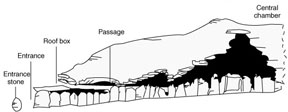This is an artist's drawing of the structure of Newgrange. It shows the entrance where light enters the tomb and the central chamber which is illuminated every midwinter.
Click on image for full size
Windows to the Universe original image
The Newgrange Passage Tomb
The Newgrange tomb is located in County Meath, Ireland. It was likely built around 3,200 B.C. by the people who lived in Ireland at the time. That means that it is older than the pyramids in Egypt! The tomb was discovered in 1699 and it was excavated between 1962 and 1975.
The builders of Newgrange definintely had astronomy in mind! An entrance opens to a 62 feet long passageway leading to a central chamber 20 feet high. For about 2 weeks on either side of the winter solstice, light streams through a roof box located above the entrance passage. This allows light to shine through the length of the passageway, lighting up the entire central chamber, where people must've been buried. This couldn't happened by accident. Newgrange was definitely planned out and built to face sunrise at the midwinter mark.
Many of the stones making up Newgrange are decorated, some with symbols that look very much like the Sun. Newgrange is not an observatory, but this building does show that this ancient civilization had not only knowledge of the movement of the Sun, but a deep cultural connection with the movements of the Sun, Moon and stars.
You might also be interested in:
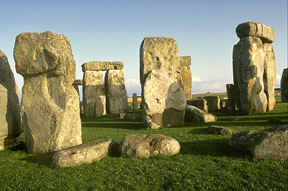
Many people are interested in the mysterious megalithic structures that can be found around the world. A megalithic structure is a ancient monument made of large stones. Megalith comes from Greek; "mega"
...more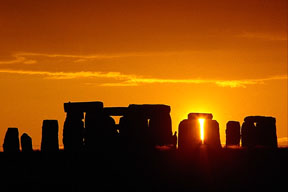
Some people would say that advanced astronomical astronomy was practiced at Stonehenge. But, it is not likely that ancient observers were able to make advanced predictions such as when lunar and solar
...more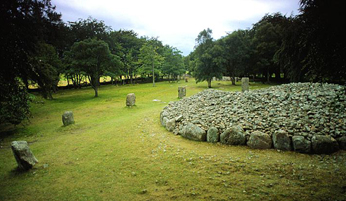
Not too far from Loch Ness, there lies three giant tombs made of stones. They are called the Balnuaran of Clava. The Balnuaran of Clava, giant tombs encased in stone, can be found close to Inverness in
...more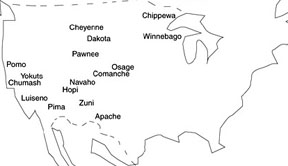
People from Asia crossed the Bering Strait into North America. These people were first in this new land and so they are known as Native Americans. Over time, these people broke into tribes (as seen on
...more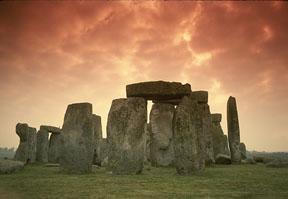
"The movements of the heavenly bodies are an admirable thing, well known and manifest to all peoples. There are no people, no matter how barbaric and primitive, that do not raise up their eyes, take note,
...more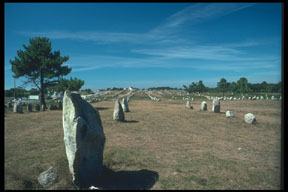
The stones of Carnac, France, are probably the most famous stones markings outside of those found at Stonehenge in England. There are many, many stones at Carnac. And these stones are very old too, the
...more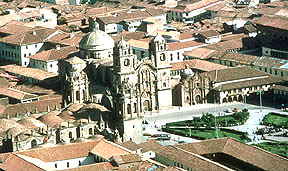
Cuzco is located in Southern Peru. It is the ancient capital of the Inca Empire. It is the oldest, continuously occupied city in the Americas. In ancient times, Cuzco was the ceremonial capital and hub
...more


